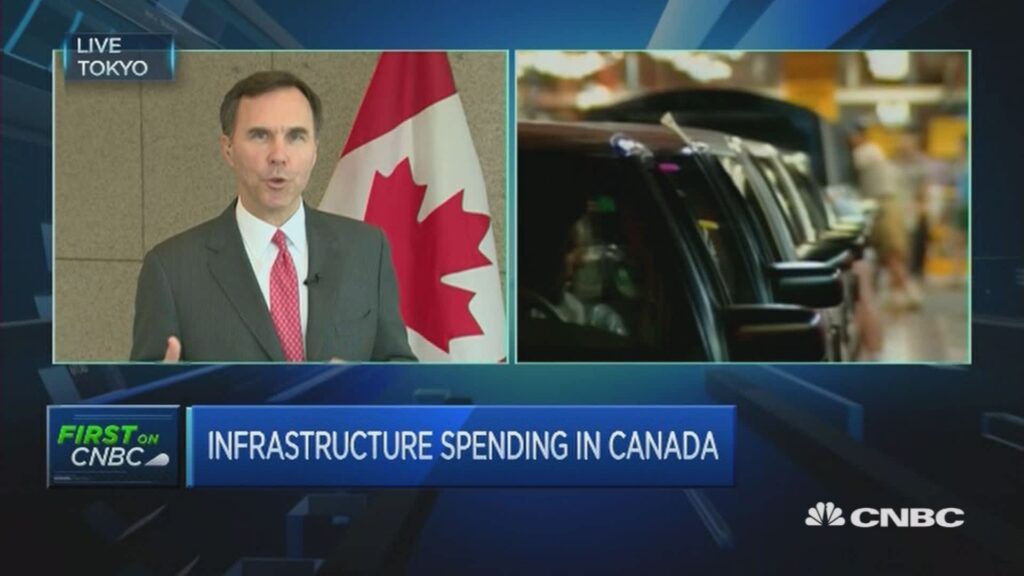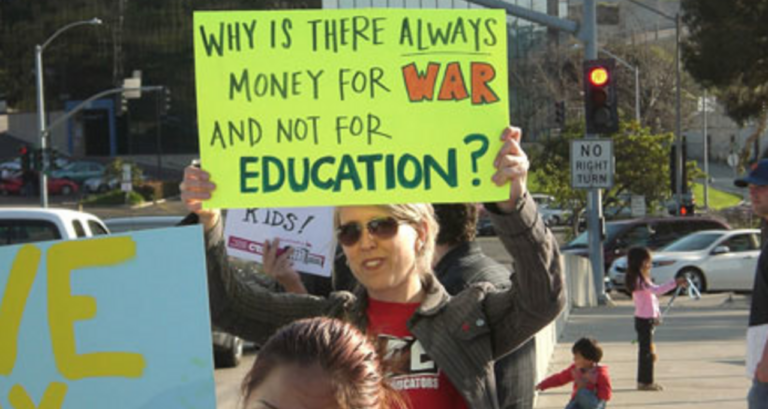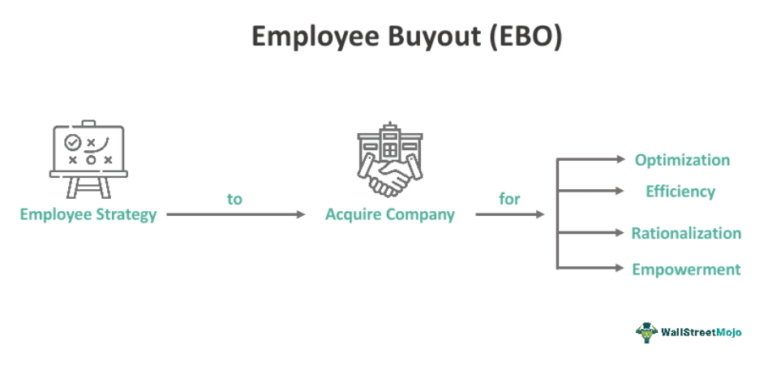
Audience
- Sentiment: Neutral
- Political Group: Conservative
- Age Group: 18-34
- Gender: Male
Overview
- The article discusses issues related to government spending and efficiency, particularly in the context of congressional hearings and initiatives.
- It highlights the tension between executive orders and judicial oversight, citing recent legal challenges to actions taken by former President Trump.
- The implications of these governmental issues on everyday citizens are explored, emphasizing the importance of informed engagement in political discussions.
Title: Government Spending, Executive Orders, and Legal Challenges: A Recap of Recent Developments
When we think about the government, we often picture a huge machine with countless moving parts. It’s responsible for making laws, managing public services, and allocating funds. But what happens when this machine starts malfunctioning? Recently, discussions about government spending and executive actions have raised significant questions about how efficiently the government operates. On the popular morning show ‘Fox & Friends,’ Haywood Talcove opened up a dialogue about these issues, making it clear that government spending might not be as well-managed as many hope.
What’s the Big Deal About Government Spending?
First, let’s break down what government spending means. Essentially, it refers to the amount of money that the government allocates to various programs, projects, and services. This can include everything from funding schools and hospitals to paying the salaries of government employees. However, there have been growing concerns about wasteful spending—money that is used inefficiently or for purposes that don’t benefit the public.
Imagine if your school had a budget to buy new computers, but instead, they spent that money on fancy decorations for the gym. You’d probably feel shortchanged, right? This is similar to what many are feeling about government spending right now. When money is mismanaged or wasted, it affects everyone. Programs that could help improve people’s lives might not get the funding they need, which can lead to a cycle of inefficiency and frustration among the citizens.
The DOGE Initiative and Congressional Hearings
One specific area of concern is the ongoing congressional hearings related to the DOGE initiative. Now, you might wonder: what’s DOGE? It’s not the Shiba Inu meme that became popular in the crypto space! In this context, it refers to a governmental initiative aimed at addressing various inefficiencies within federal agencies. These hearings are intended to analyze how money is being spent and how well the government is fulfilling its responsibilities to the citizens.
During these discussions, Talcove emphasized that Congress and governmental bodies must scrutinize spending more closely. After all, it’s our tax dollars that are being spent, and we have a right to know how they’re being used. It’s a little like managing your own allowance—if you’re not careful, it can disappear fast!
Executive Orders Under Fire
Now, let’s talk about executive orders. These are directives issued by the President that have the power to act without the need for congressional approval. They can be a powerful tool for a President to implement change quickly. However, they also come with controversy and can be challenged in court, especially when they may infringe upon established laws or rights.
Recently, several executive orders from former President Donald Trump were blocked by federal judges. These orders aimed to tackle issues like illegal immigration and reduce bureaucratic inefficiency within the government. Trump used social media to express his frustration about these legal challenges, arguing that they impede progress. It’s as if he were trying to repair that malfunctioning machine but kept running into walls built by judges who disagree with his methods.
The Role of the Courts
So, why do judges have the power to block executive orders? This is where the judicial system comes in. The judiciary is part of what is known as “checks and balances,” a system designed to prevent any one branch of government from becoming too powerful. When a President issues an executive order, it can be challenged in court if someone believes it violates the Constitution or existing laws.
For example, a recent ruling by U.S. District Judge John McConnell found that some of Trump’s funding restrictions related to immigration were likely unconstitutional. This decision is indicative of the growing power of the courts to check executive authority. It’s a bit like having a safety net—when one branch of government attempts to overreach, the other branches can step in to maintain order.
The Confrontation Between Power and Oversight
This leads to an important question: what is the balance between executive power and judicial oversight? As you can imagine, this tension has been a significant theme in American politics for years. Neither side wants to give up too much control. For instance, the Department of Justice (DOJ) has argued that limiting executive power through judicial intervention could hinder government efficiency and effectiveness.
This tug-of-war has significant implications for the everyday operations of federal agencies. As court decisions shape executive actions—from policies regarding birthright citizenship to the management of federal employees—the future procedures of many government programs hang in the balance. If judges continue to strike down executive orders, it could lead to disruptions in government services that people rely on every day.
The Road Ahead: Legal and Political Battles
As the Trump administration pursues appeals against various court rulings, it sets the stage for more intense legal and political battles ahead. It’s like a game of chess—every move matters and can lead to unexpected consequences. Each appeal could either reinforce or bring about changes in how the government operates, impacting everything from budget allocations to program efficiency.
The ongoing theme here is that government spending and executive orders are deeply interlinked. The way money is spent often reflects the priorities of those in power. When those powers are checked by court rulings, it can alter not just budgets, but also the lives of everyday citizens. This is particularly important for those who may rely on government assistance programs, public healthcare, or educational support.
How Does This Affect You?
As a student or a young citizen, you might wonder how all of this affects your life directly. If federal agencies aren’t operating at their best due to legal battles and funding restrictions, the resources available to schools, healthcare services, and even local infrastructures could be limited. Decisions made in Washington can trickle down and impact your neighborhood, your school, and your family.
So, what can you do about it? Staying informed is key. Discussing these issues with friends and family, and even in school, can help raise awareness about government operations and how they impact our daily lives.
A Question for You
Now that you understand the complexities of government spending, executive orders, and the judicial system, think about this: How do you feel about the balance of power between the executive branch and the courts? Do you think that judicial interventions help or hurt the government’s ability to function effectively? Share your thoughts in the comments below! Your opinion matters, and engaging in these discussions can help shape the future.





